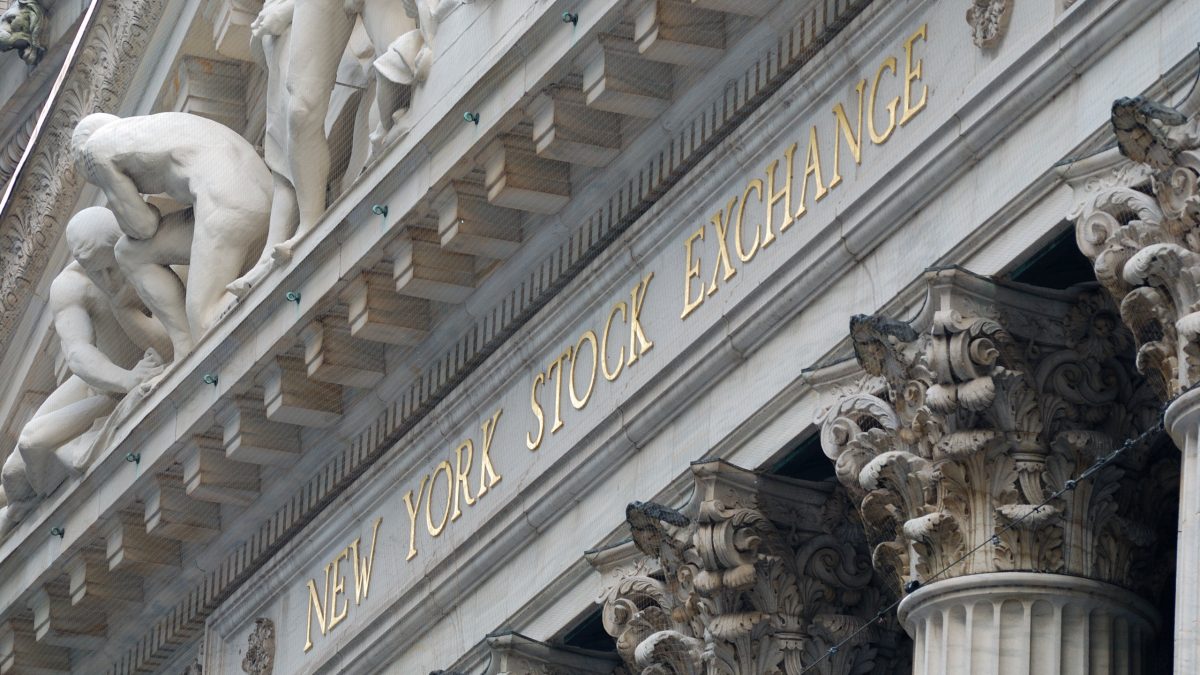The Global X Russell 2000 Covered Call ETF (RYLD) has become one of the most popular small-cap-focused active fund. It has accumulated over $1.4 billion, with $35 million of these funds coming this year. So, is the RYLD a better alternative to other popular Russell 2000 funds like the IWM?
What is the RYLD ETF?
Active funds have become the fastest-growing industries in the financial services industry in the past few years.
The JPMorgan Equity Premium Income ETF (JEPI) has accumulated over $36 billion in assets in the last three years. Similarly, the JPMorgan Nasdaq Equity Premium Income ETF (JEPQ) has over $16 billion.
The Global X Russell 2000 Covered Call ETF aims to replicate the success of JEPI and JEPQ while targeting the Russell 2000 index.
Russell is a highly popular index that tracks 2,000 small and mid-cap companies in the United States. Some of the biggest companies in the fund are Shockwave Medical, Novavax, Crocs, and Roku.
The RYLD ETF aims to benefit from the Russell 2000 index while generating income using options.
Its approach is fairly simple. First, the asset manager invests about 80% of its total funds in components of the Cboe Russell 2000 BuyWrite Index. In this case, its biggest component is the Global X Russell 2000 ETF, Novartis, Inhibrx, and Cartesian.
Second, the fund then sells call options on the Russell 2000 index, and receives the premium, which it distributes to its investors as dividends. A call option is a derivative that gives investors the right to buy an asset at a strike price.
This trade has a big implication on how the RYLD ETF works. Ideally, the fund makes money when the Russell 2000 index is rising.
When the index falls, the call element becomes invalid since one can buy it at a cheaper price. If the index rises, the fund benefits because of the right to buy at the cheaper price.
The challenge, however, is when the index rallies sharply within the holding period. Potential gains are usually capped up to the strike price level.
Is the RYLD ETF a good investment?
In my last articles, I have demonstrated that while active funds like JEPI and JEPQ offer some of the highest dividends in Wall Street, their total returns often lag behind the S&P 500 and Nasdaq 100 indices.
The same is true with other popular single stock ETFs like TSLY and NVDY, which use the call option approach to invest in Tesla and Nvidia.
To measure the RYLD’s performance, the best approach is to compare it with the iShares Russell 2000 ETF (IWM), which tracks the Russell 2000 index. It has over $68 billion in assets and tracks the biggest small and mid cap companies.
The biggest components in the Russell 2000 index are FTAI Aviation, Vaxcyte, Insmed, Sprouts Farmers Markt, and Applied Industrial Technologies. Its biggest industries are health care, financials, and industrials. The fund has an expense ratio of 0.19% and a dividend yield of 1.17%.
RYLD’s dividend yield is 12.3%, making it one of the best yielders. However, for an investment, the best approach is to look at the total return, which is calculated by adding the stock return and the dividend.
RYLD’s total return this year so far has been 5% while the IWM fund has returned 9.28%. The SPY fund has returned 20%.
The same trend has happened in the last three years as the RYLD has dropped by 8.7% while the IWM fund rose by 1.46%. Also, the SPY fund has jumped by over 35% in the same period. RYLD has an expense ratio of 0.60%, meaning that holders are paying to underperform.
Historically, small cap stocks have underperformed their bigger peers like Amazon, Alphabet, Apple, and Nvidia. Therefore, as multiple studies have shown, it makes sense to invest in simple passive funds instead of the so-called boomer candy ETFs.
The post RYLD ETF: Is this 12% yielding Russell 2000 ETF a buy? appeared first on Invezz

